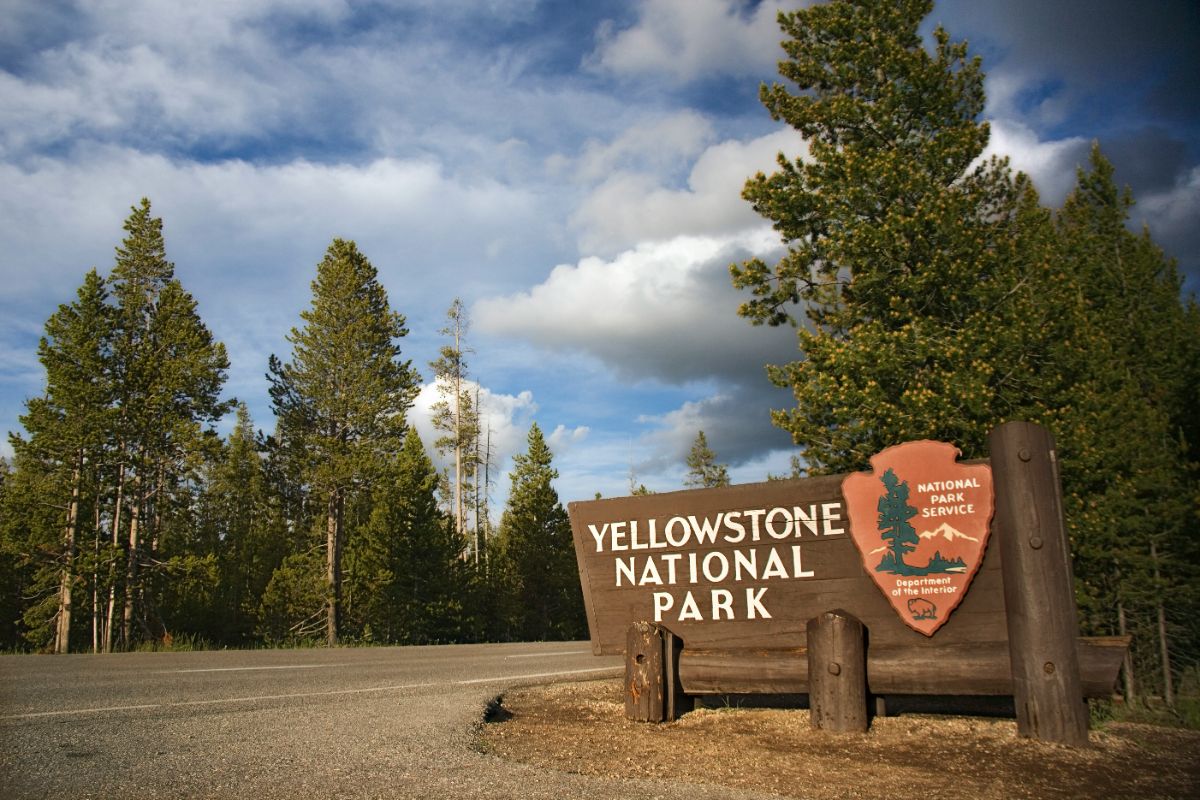Top 5 Hiking Trails in Yellowstone National Park

Discover the most scenic and rewarding hiking trails in Yellowstone National Park, from easy walks to challenging backcountry adventures.
Top 5 Hiking Trails in Yellowstone National Park
Yellowstone National Park offers over 900 miles of hiking trails across its 2.2 million acres of wild terrain. From relaxing day hikes suitable for families to challenging backcountry adventures, the park has something for every skill level. Here are our top picks for the best hiking experiences in America’s first national park.
1. Grand Prismatic Overlook Trail
Difficulty: Easy to Moderate
Distance: 1.5 miles round trip
Elevation Gain: 200 feet
The Grand Prismatic Overlook Trail offers one of the most rewarding views in the park with minimal effort. This relatively new trail takes you to a spectacular overlook of the Grand Prismatic Spring, the largest hot spring in the United States and the third largest in the world.
From this elevated vantage point, you’ll be able to appreciate the spring’s remarkable rainbow colors in a way that’s impossible from the boardwalks at ground level. The trail begins from the Fairy Falls parking area and gradually climbs a hillside to the overlook.
Tip: Visit on a sunny day with light winds for the best visibility of the spring’s vibrant colors.
2. Mount Washburn Trail
Difficulty: Moderate to Challenging
Distance: 6.4 miles round trip (from Dunraven Pass) or 5 miles round trip (from Chittenden Road)
Elevation Gain: 1,400 feet
One of the most popular hikes in Yellowstone, Mount Washburn offers spectacular panoramic views of the park from its 10,243-foot summit. On clear days, you can see the Grand Tetons to the south, and the views of Yellowstone’s vast landscape are unparalleled.
The trail follows an old road to a fire lookout at the summit, where you’ll often spot bighorn sheep along the way. While the hike requires some stamina, the gradual incline makes it manageable for most hikers in good physical condition.
Tip: Start early to avoid afternoon thunderstorms, which are common in summer months. Bring plenty of water as there are no water sources along the trail.
3. Fairy Falls Trail
Difficulty: Easy
Distance: 5 miles round trip
Elevation Gain: 200 feet
Fairy Falls is one of Yellowstone’s most magnificent waterfalls, and the hike to reach it is relatively flat and accessible for most ability levels. The 200-foot waterfall cascades down a rock cliff face, creating a magical scene that’s perfect for photography.
The trail begins at the same parking area as the Grand Prismatic Overlook Trail, making it easy to combine both hikes in a single day. After viewing the iconic hot spring from above, continue on the flat path through a lodgepole pine forest to reach the falls.
Tip: For an added adventure, take the short spur trail to Imperial Geyser after visiting Fairy Falls.
4. Bunsen Peak Trail
Difficulty: Moderate
Distance: 4.2 miles round trip
Elevation Gain: 1,300 feet
Bunsen Peak provides a fantastic half-day hiking experience with tremendous views of the Mammoth Hot Springs area and surrounding mountains. Named after the German chemist who invented the Bunsen burner, this dormant volcano offers a good workout with a big scenic payoff.
The trail switchbacks up the mountain through forests and open slopes, with increasingly impressive views as you climb. The summit provides a 360-degree panorama of Yellowstone’s northern region.
Tip: Look for wildlife such as elk and mule deer in the meadows below as you ascend.
5. Lamar River Trail
Difficulty: Moderate
Distance: Variable (up to 12 miles round trip)
Elevation Gain: 300 feet
For wildlife viewing combined with beautiful riverside scenery, the Lamar River Trail is hard to beat. Located in the wildlife-rich Lamar Valley, often called “America’s Serengeti,” this trail offers excellent opportunities to spot bison, pronghorn, eagles, and possibly even wolves or bears (from a safe distance).
The full trail extends for many miles, but you can turn around at any point, making it adaptable to your available time and energy level. The terrain is relatively easy, following the Lamar River through open meadows and scattered pine forests.
Tip: Bring binoculars and go early in the morning or late in the evening for the best wildlife viewing opportunities.
Preparing for Your Yellowstone Hike
Before setting out on any trail in Yellowstone, keep these essential tips in mind:
- Carry bear spray and know how to use it
- Pack plenty of water and high-energy snacks
- Be prepared for rapidly changing weather conditions
- Stay on designated trails to protect yourself and the fragile ecosystem
- Leave No Trace by packing out all trash
- Check with visitor centers for current trail conditions and closures
Yellowstone’s trail system allows visitors to experience the park’s remarkable landscapes and diverse ecosystems up close. From the hydrothermal features to mountain vistas and wildlife-filled valleys, these five hikes showcase the best that America’s first national park has to offer.
What’s your favorite trail in Yellowstone? Share your experiences and tips in the comments below!